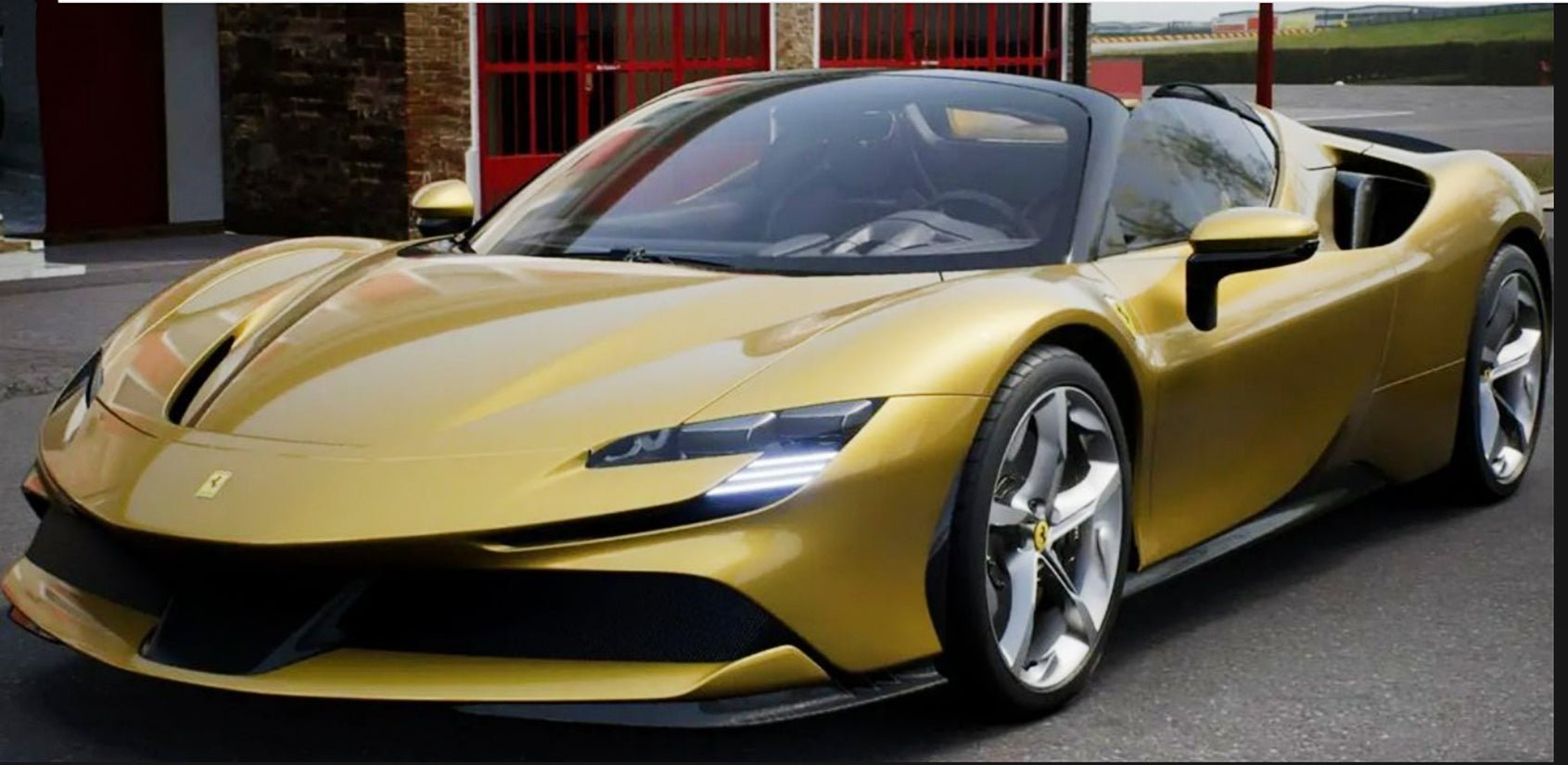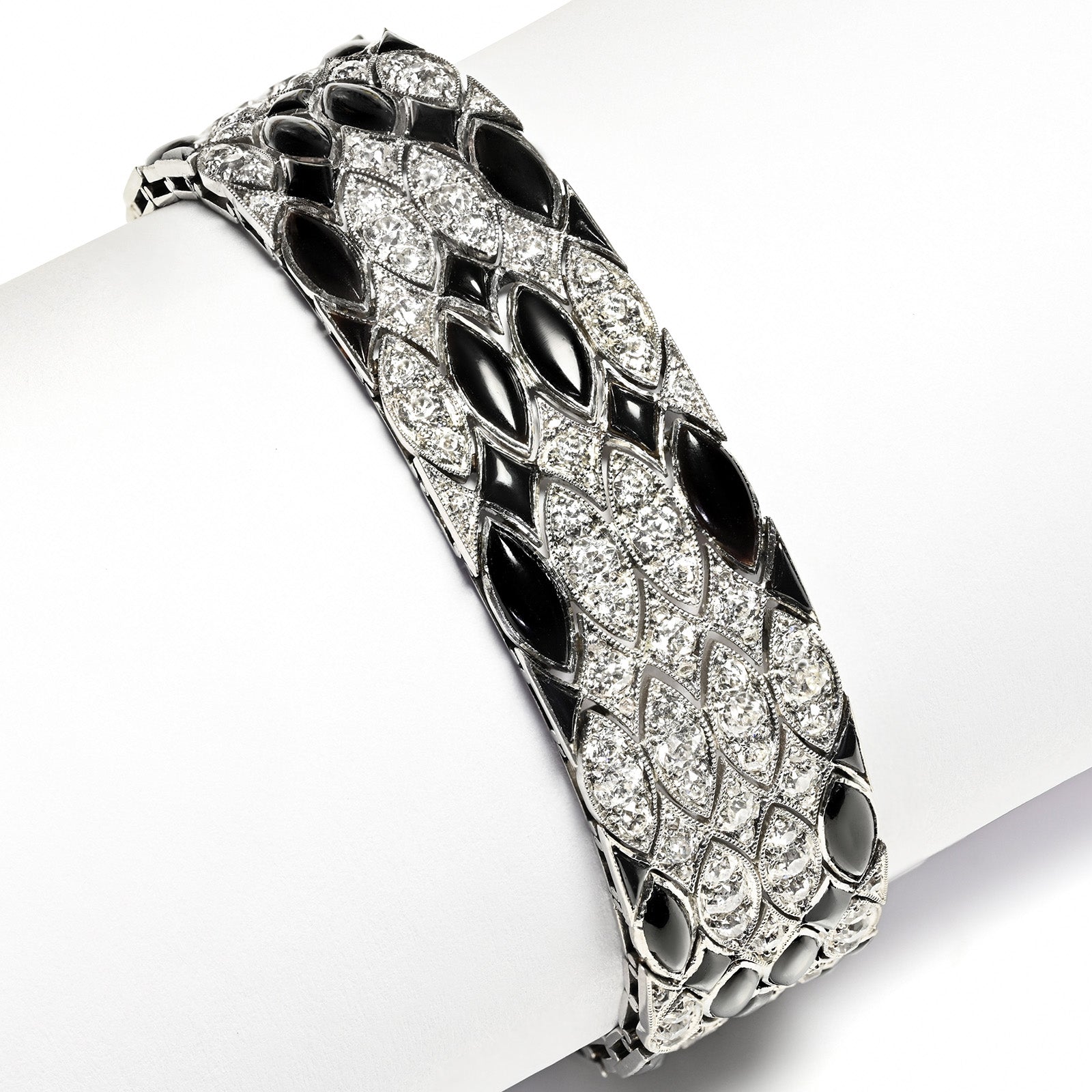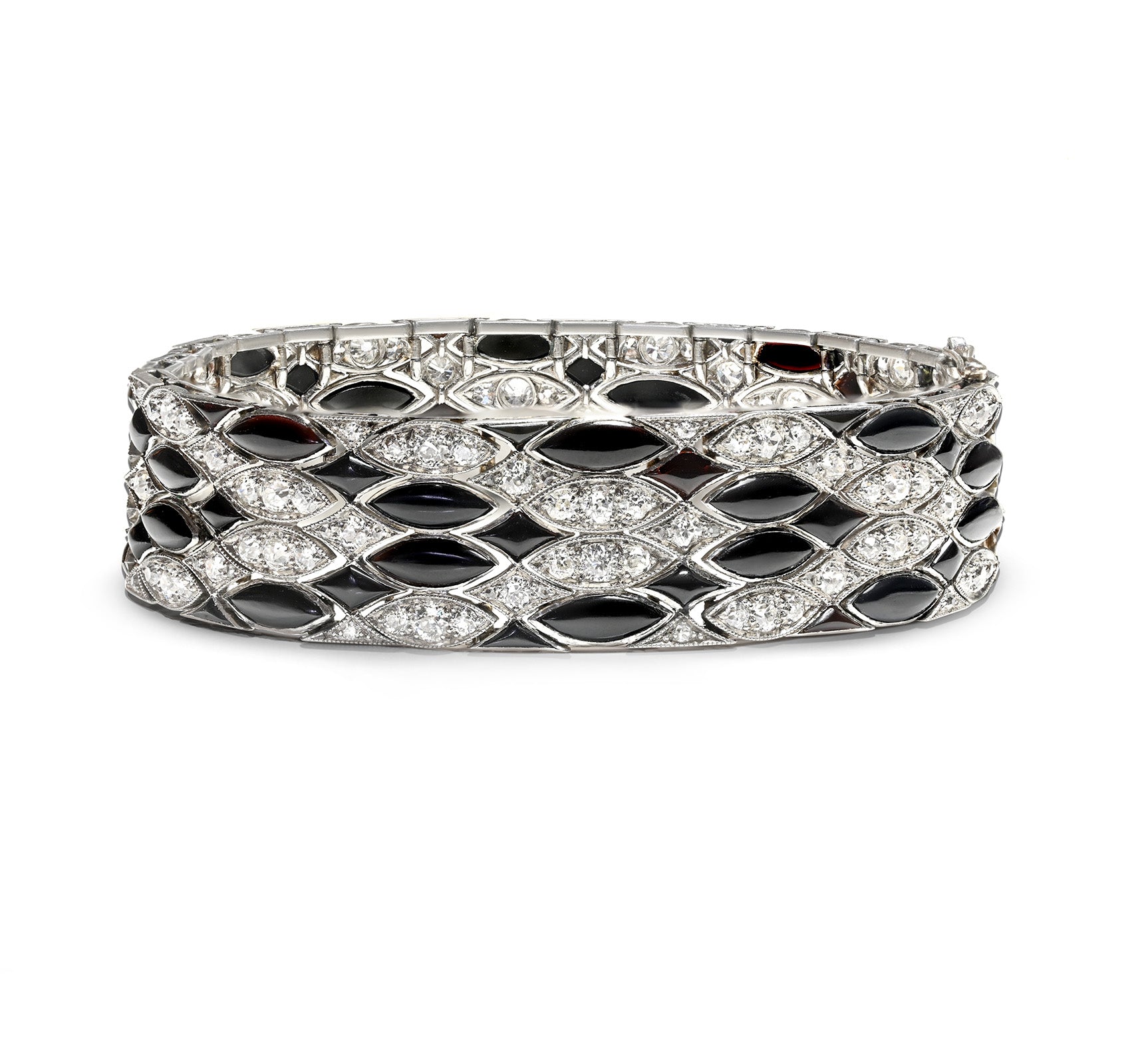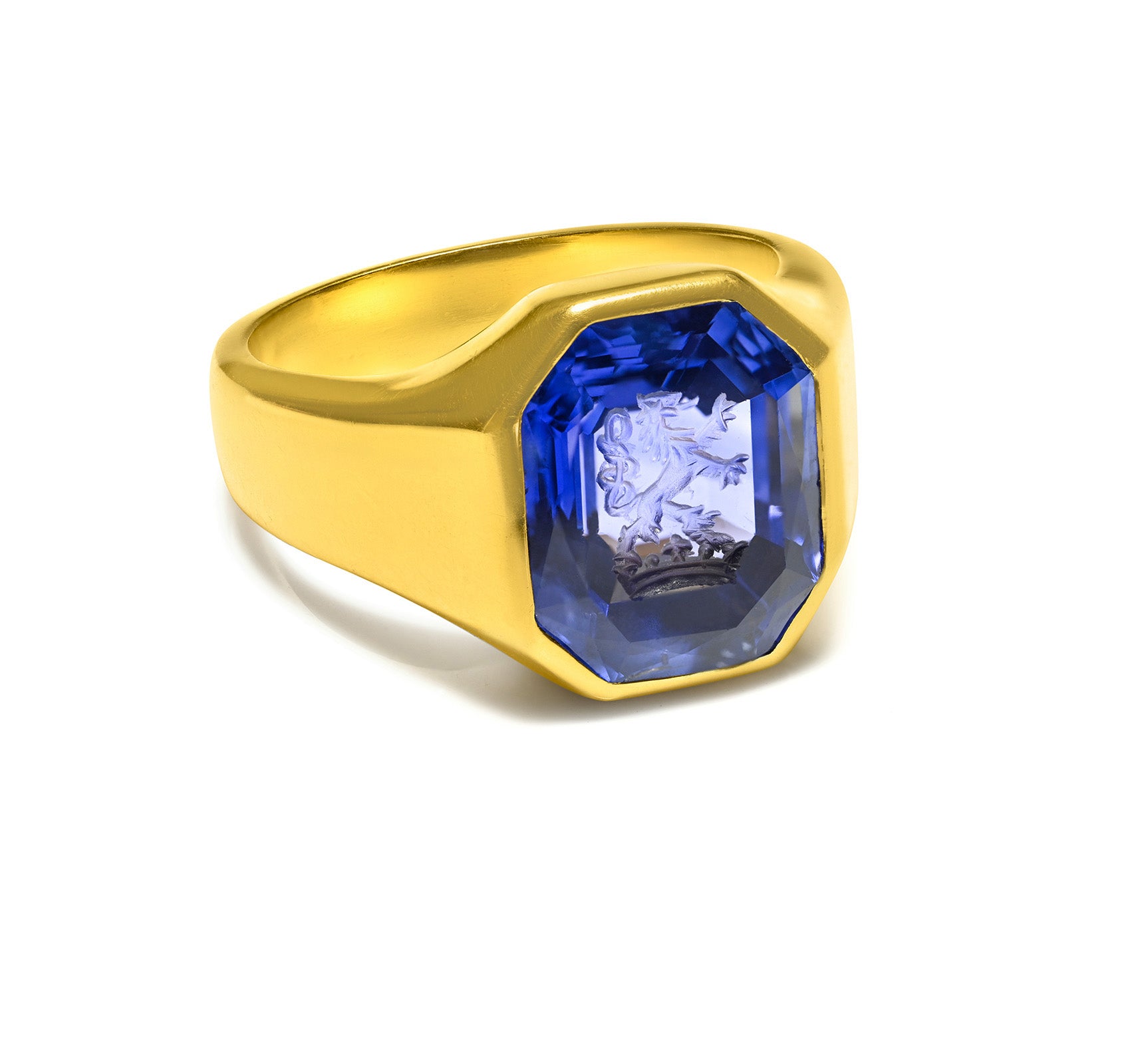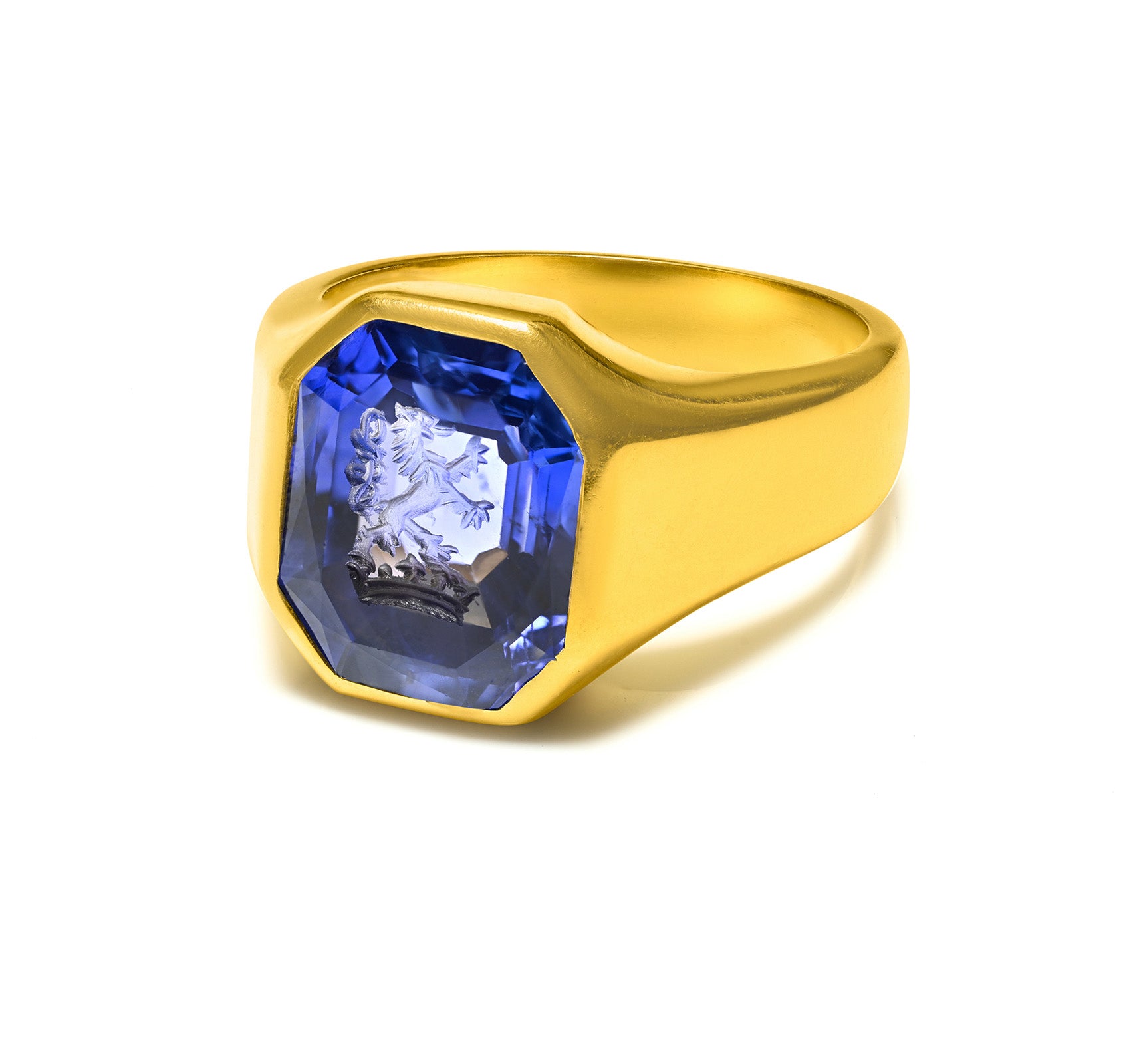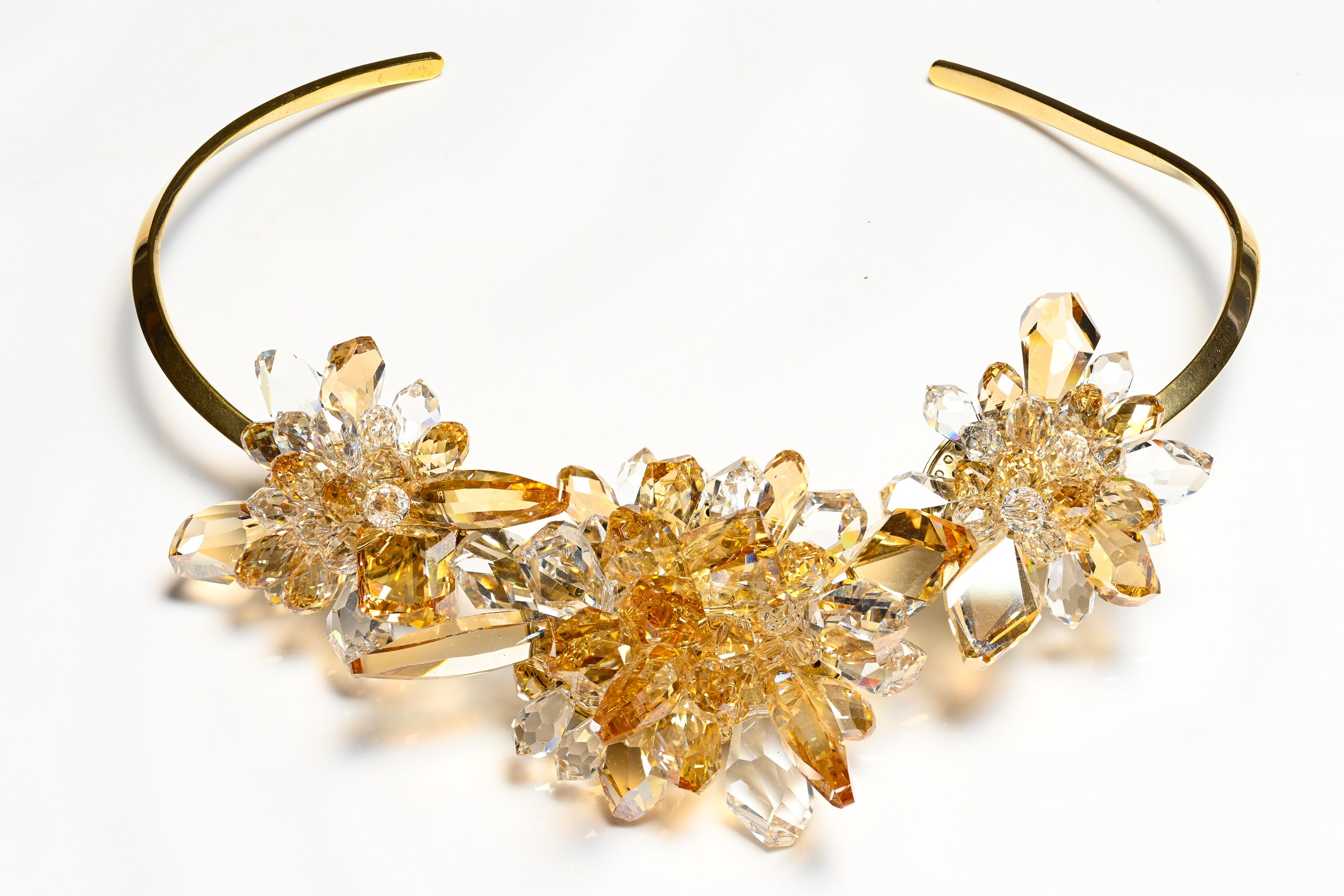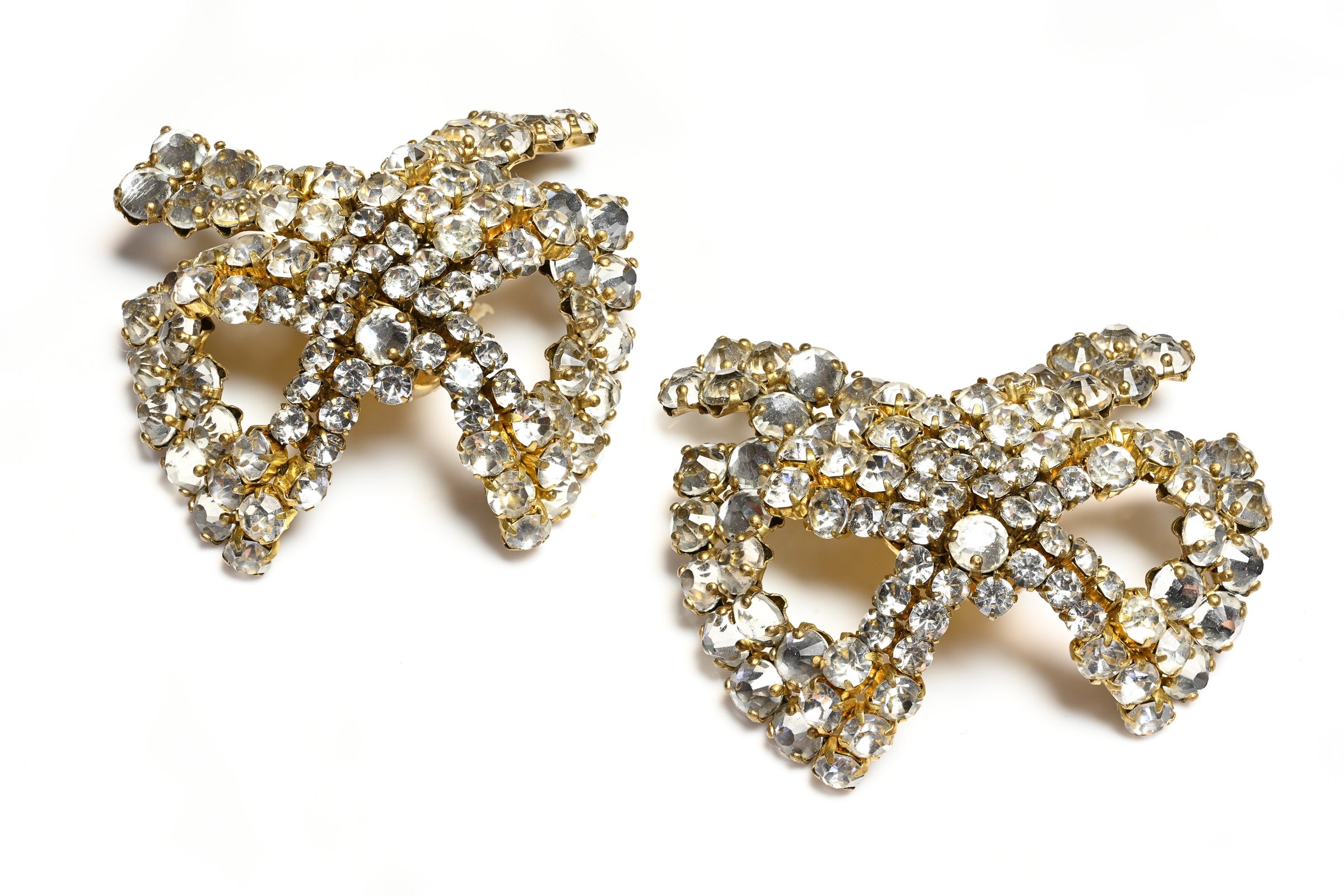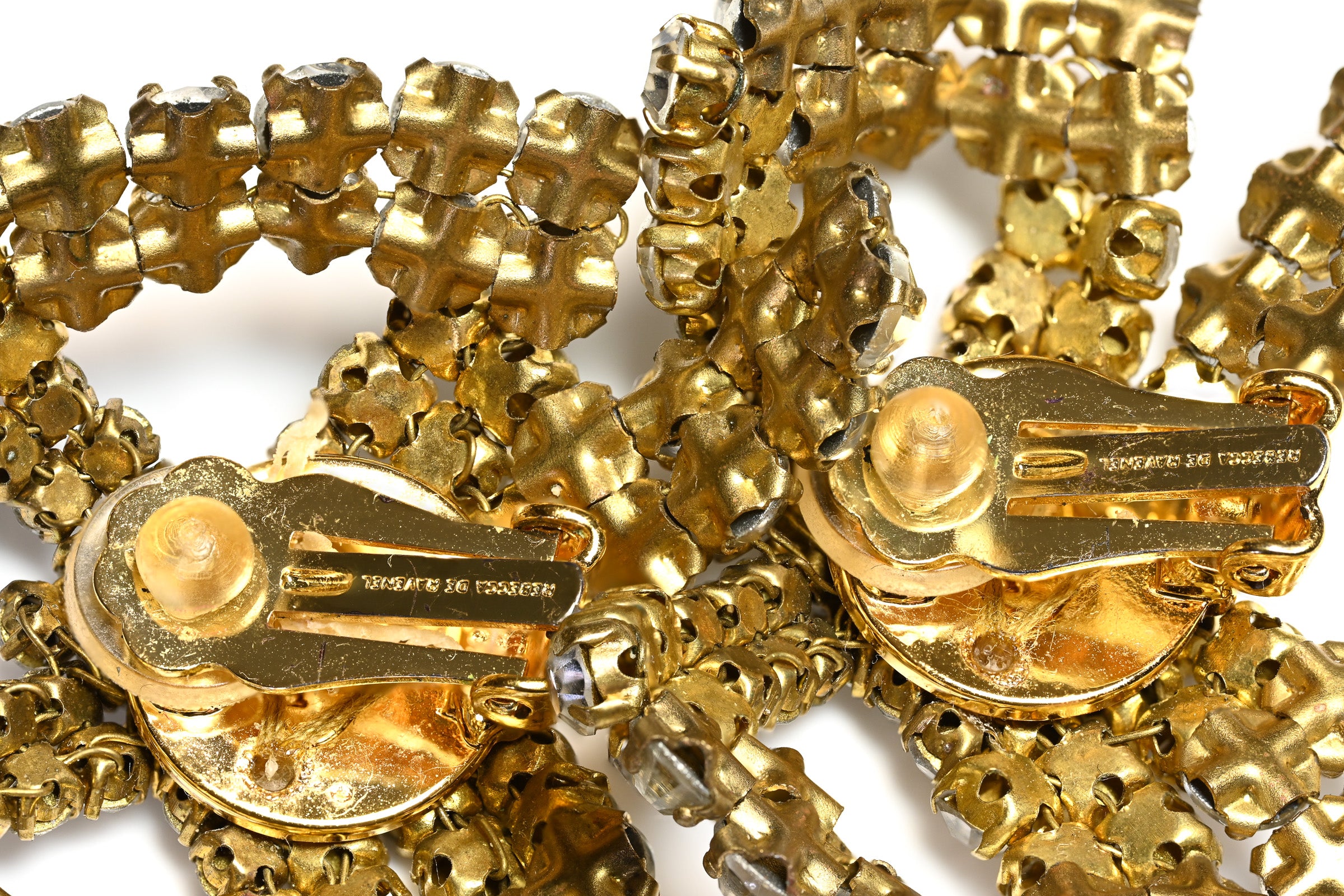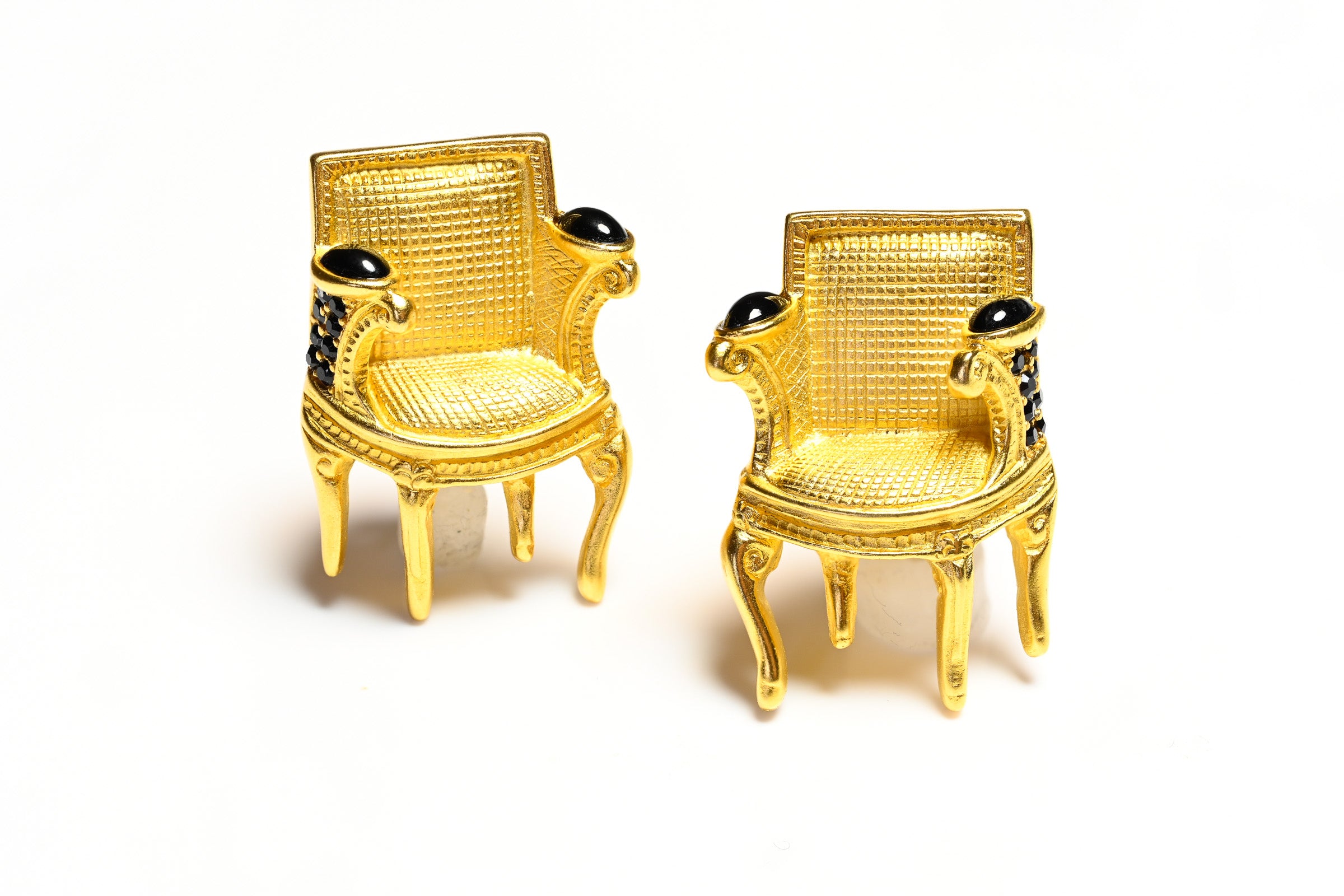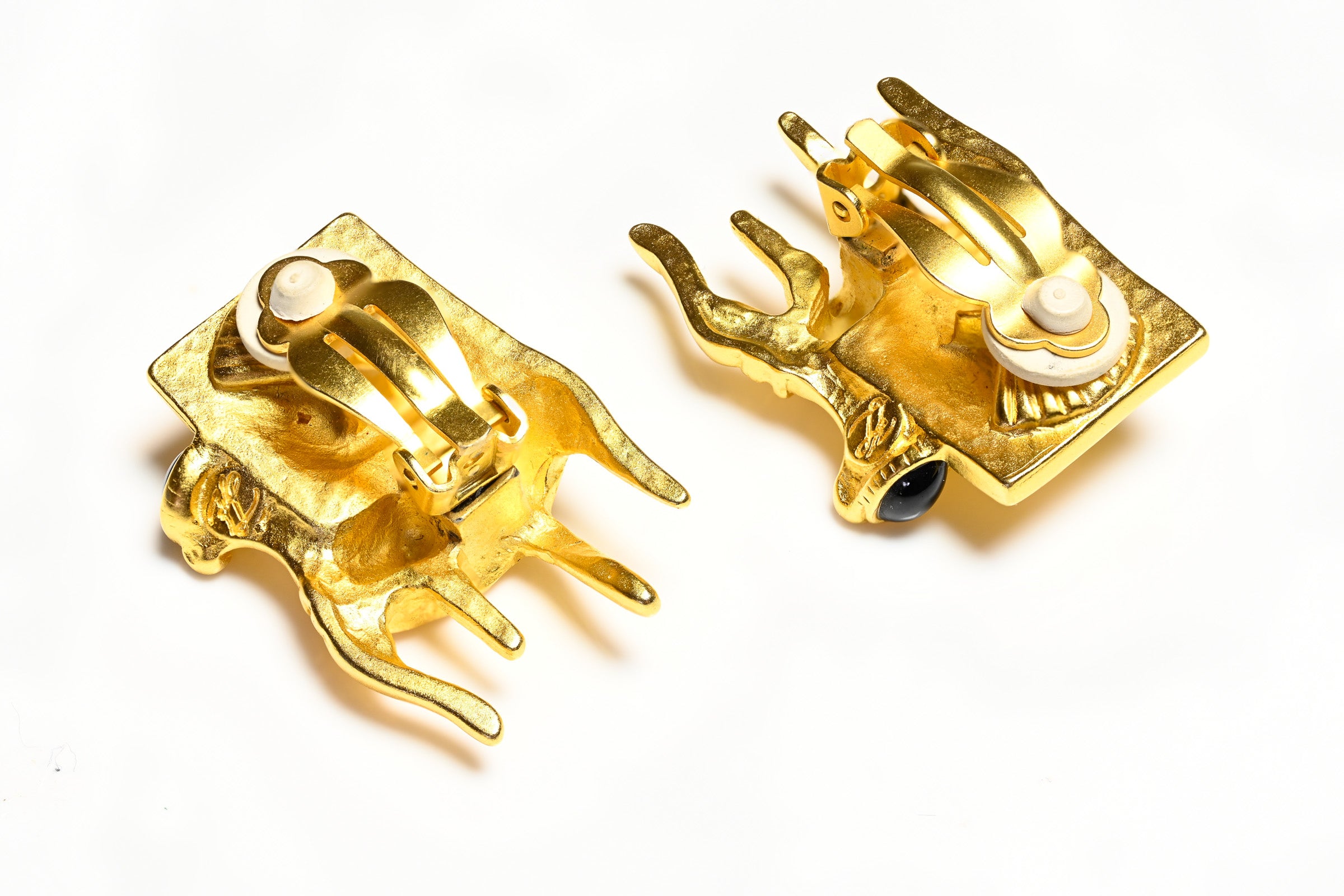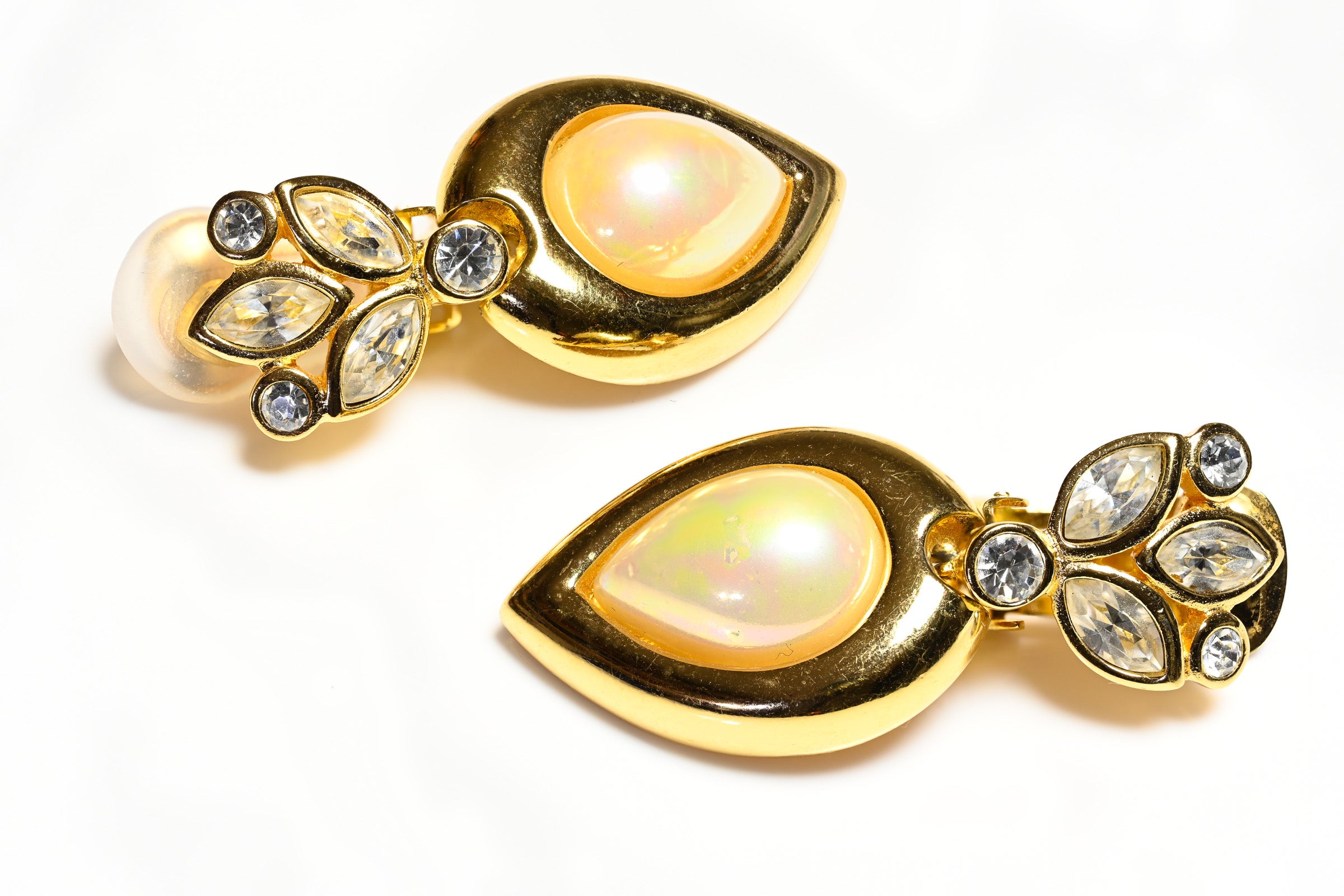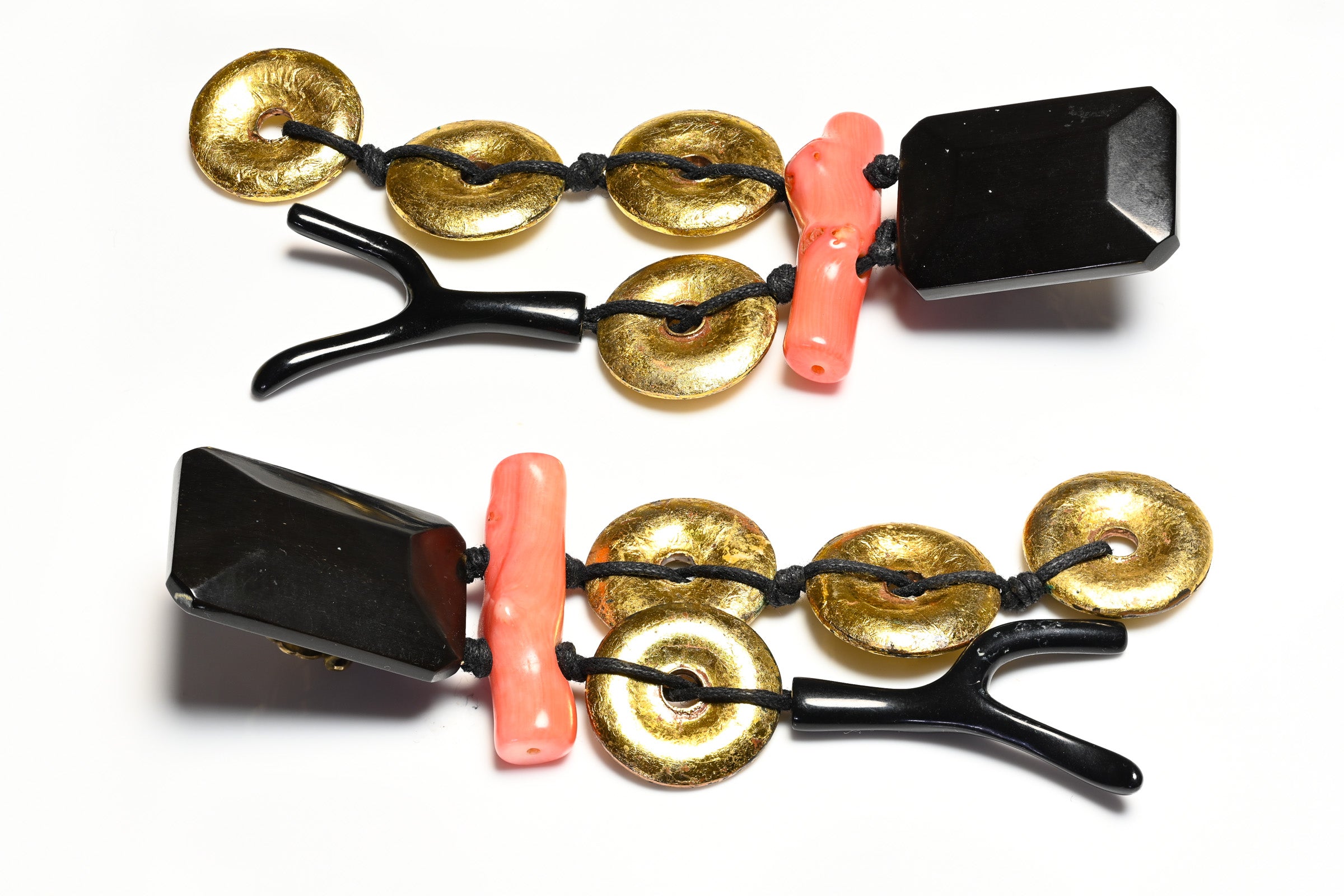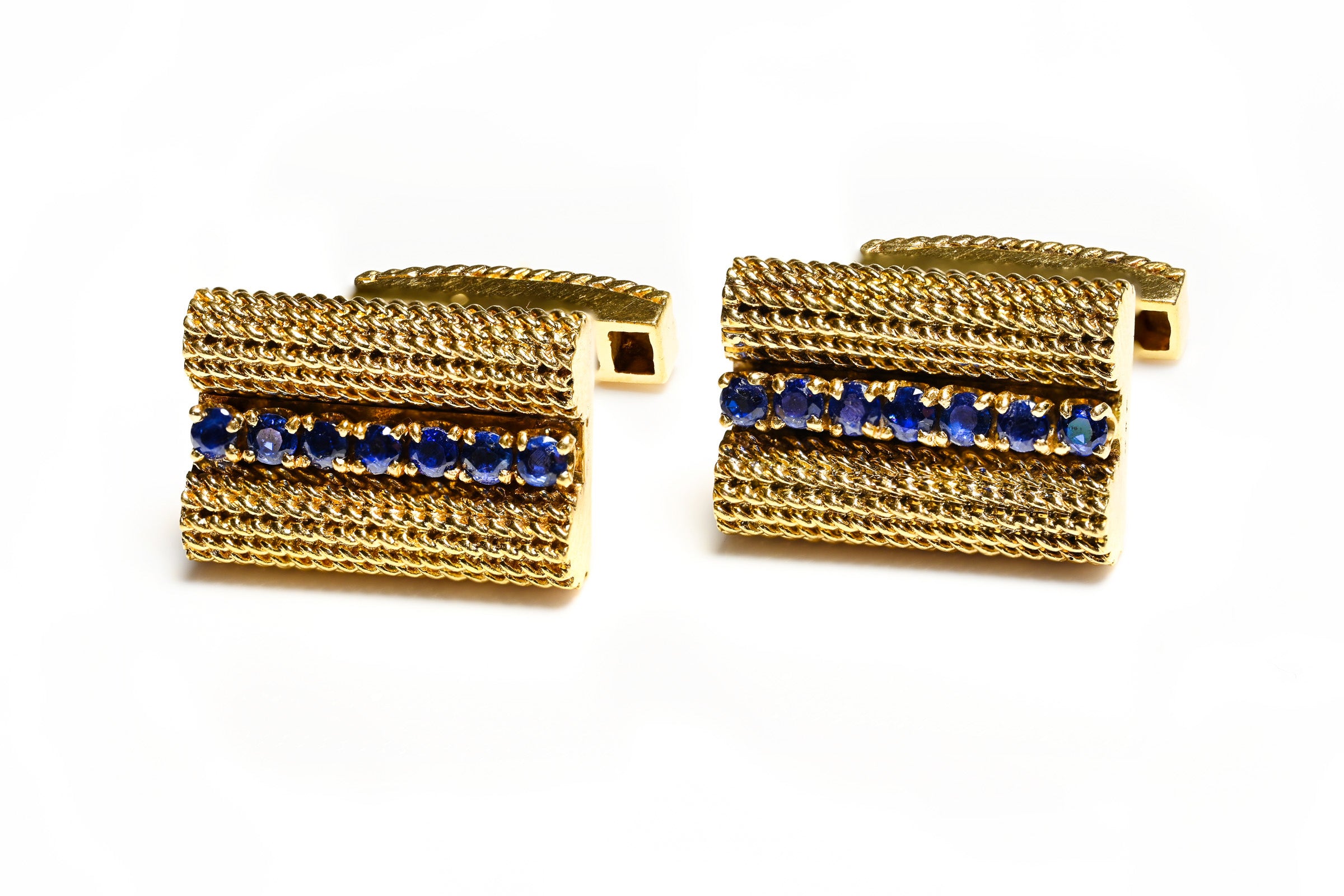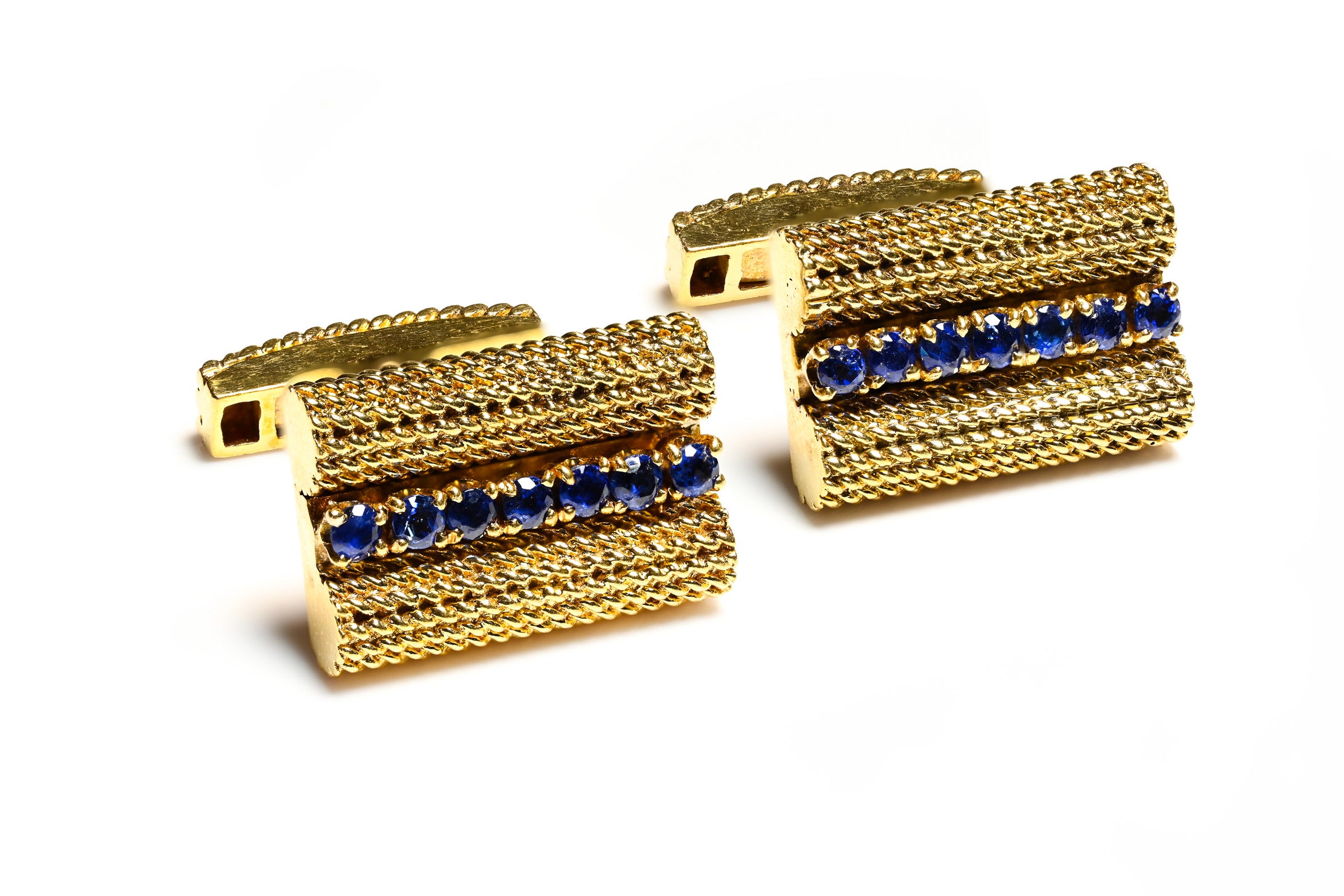
The Mysterious Origins of The Obsidian Spirit Mirror Used by Queen Elizabeth’s Magus
A mysterious obsidian mirror exposed in British Museum was crafted in Aztec Mexico around 500 years ago, researchers have discovered, according to the journal Antiquity.
The obsidian mirror is associated with the Elizabethan polymath and magus John Dee (1527–1608/1609) who used it in various occult rituals in attempts to connect spirits and angels. But the mirror is older than that and has a deeper history as an Aztec artifact brought to Europe soon after the Spanish conquest.
The specialists concluded that the mirror, made of obsidian (a volcanic glass), was brought from Mexico to Europe between 1527 and 1530 after Hernando Cortés’s conquest of the region.

The obsidian mirror of John Dee - source Arthistoryproject.com
The results showed that the mirror was made somewhere after 1500 in the province of Pachuca in Mexico.
The Aztecs were famous for these obsidian mirrors that began to reach Europe after 1521, the year Hernan Cortes and his men occupied the Aztec capital Tenochtitlan.
The Aztecs made circular obsidian mirrors and used them in various divination rituals, believing that these mirrors are doors to other worlds and that if you look at them they will emit smoke and let you see worlds from another place and time.

"Obsidian was used [by the Aztecs] in many ways, including for medicinal and protective purposes," the researcher team said. "The reflective appearance acted as a shield against bad spirits, and captured the image and soul of a person."
The material was also associated with death and the underworld. The Aztec god Tezcatlipoca ("Smoking Mirror") is often shown wearing mirrors, which represented his ability to predict the future.
Few figures of the English Renaissance have captured the 20th-century imagination as frequently as the English polymath John Dee.

John Dee is and has been studied by historians specialized in astrology, alchemy, and the occult, as well as mathematics, science, exploration, philosophy, literature, and religion. A chemist, astrologer, and cartographer, Dee is often thought to be a model for Shakespeare’s magus, Prospero.
He is known to have used the mirror in various rituals. Clear crystal balls were thought especially suitable for calling up visions of angels and spirits since dark reflective obsidian was especially suitable for visions of the future.
The British Museum received John Dee’s mirror in 1966, and it is now on display in the institution’s Enlightenment Gallery.
The obsidian mirror is associated with the Elizabethan polymath and magus John Dee (1527–1608/1609) who used it in various occult rituals in attempts to connect spirits and angels. But the mirror is older than that and has a deeper history as an Aztec artifact brought to Europe soon after the Spanish conquest.
The specialists concluded that the mirror, made of obsidian (a volcanic glass), was brought from Mexico to Europe between 1527 and 1530 after Hernando Cortés’s conquest of the region.
The Discoveries of the Research Team
The research team (from the University of Manchester, the Siberian Branch of the Russian Academy of Sciences, and the University of Missouri) used a form of x-ray analysis to measure the mirror’s composition and compared it to samples taken from various Mexican obsidian sources.
The obsidian mirror of John Dee - source Arthistoryproject.com
The results showed that the mirror was made somewhere after 1500 in the province of Pachuca in Mexico.
The Aztecs were famous for these obsidian mirrors that began to reach Europe after 1521, the year Hernan Cortes and his men occupied the Aztec capital Tenochtitlan.
The Aztecs made circular obsidian mirrors and used them in various divination rituals, believing that these mirrors are doors to other worlds and that if you look at them they will emit smoke and let you see worlds from another place and time.

"Obsidian was used [by the Aztecs] in many ways, including for medicinal and protective purposes," the researcher team said. "The reflective appearance acted as a shield against bad spirits, and captured the image and soul of a person."
The material was also associated with death and the underworld. The Aztec god Tezcatlipoca ("Smoking Mirror") is often shown wearing mirrors, which represented his ability to predict the future.
The Mysterious Aztecs Mirror Ended up in The Hands of a Famous Magus
The British at the Elizabethan court bought the mirror probably from somewhere in Europe, and it belonged to John Dee (1527-1608), an adviser to Queen Elizabeth I.Few figures of the English Renaissance have captured the 20th-century imagination as frequently as the English polymath John Dee.

John Dee is and has been studied by historians specialized in astrology, alchemy, and the occult, as well as mathematics, science, exploration, philosophy, literature, and religion. A chemist, astrologer, and cartographer, Dee is often thought to be a model for Shakespeare’s magus, Prospero.
He is known to have used the mirror in various rituals. Clear crystal balls were thought especially suitable for calling up visions of angels and spirits since dark reflective obsidian was especially suitable for visions of the future.
The British Museum received John Dee’s mirror in 1966, and it is now on display in the institution’s Enlightenment Gallery.

